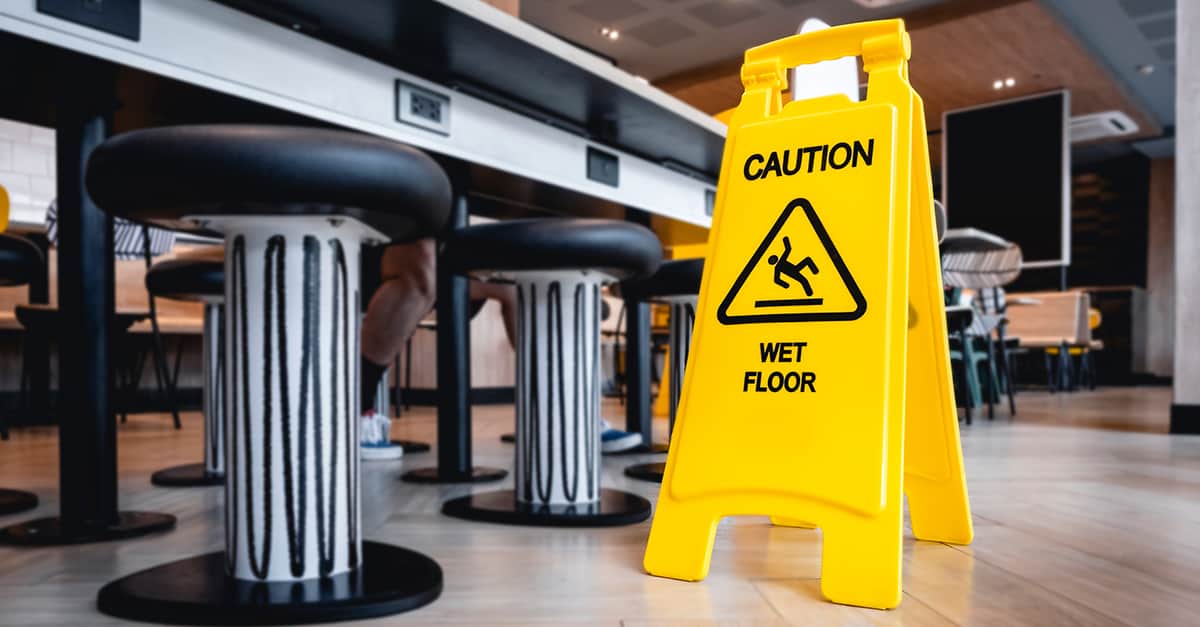Accidents are a part of every job, and our restaurant is no exception. While we do what we can to minimize restaurant hazards, safety needs to be at the top of every staffer’s mind to ensure we stay accident free.
Know the Hazards
Most accidents are caused by an unsafe act, an unsafe condition or a combination of the two. For example, a server could fall on a slippery kitchen floor—an accident caused by the unsafe act of not placing a “wet floor” sign by the wet surface. Alternatively, a patron could trip over a bunched-up rug, which would be the result of an unsafe condition. In either instance, the accident could be prevented by following proper safety precautions.
Because your job and your working environment have a potential for hazardous situations, it is important to understand what causes accidents so that you can avoid them whenever possible. While it is impossible to list all the hazards you may encounter while working in a restaurant, common ones may include the following:
- Injuries due to food or spills that are not cleaned up
- Burns from steam or cooking equipment
- Injuries due to misuse of equipment
- Damaged or broken equipment, such as dishwashing equipment or deep fryers
- Any number of possible accidents caused by patron behavior, such as spilling ice from a soda machine, or not pushing a chair in
Safety Takes Practice
The first step to keeping yourself and co-workers safe is to stay alert during your shift and do not let routine or familiarity lure you into carelessness. Always observe safety precautions before and during a task, even if those precautions make the task more inconvenient or take longer to complete. Cutting corners may not seem like a big deal but doing so is a primary cause of accidents. For example, trying to lift a bus pan that is too heavy is a recipe for an accident.
Next, know your job. The more you know about your job, the safer you will be. Know the proper procedures and safety precautions when working with kitchen appliances, such as slicers and mixers, and if questions arise, be sure to talk to your shift manager.
Also, know which tasks, areas and situations are more prone to hazardous conditions, and always be on the lookout for anything unsafe. If you see a staffer acting poorly, inform them how to correct their behavior safely. Accident prevention means watching for unsafe situations and attempting to correct them.
Finally, make a personal contribution. A good way to start this is to follow all safety rules, even if you think they are unnecessary or slow you down. Certain rules are made for your protection, so follow them. In addition, just because an unsafe act is not specifically prohibited, it does not mean you should do it. Use your common sense when evaluating if something is safe or not—there may be a very easy way to make it safer if you stop to think it through.
Above all, develop a safe attitude. This is probably one of the most difficult things to recognize because most of us have the mistaken notion that it’s always someone else who gets hurt, never us. If we all do our share in observing safety rules and staying alert for unsafe conditions, everyone will benefit.

